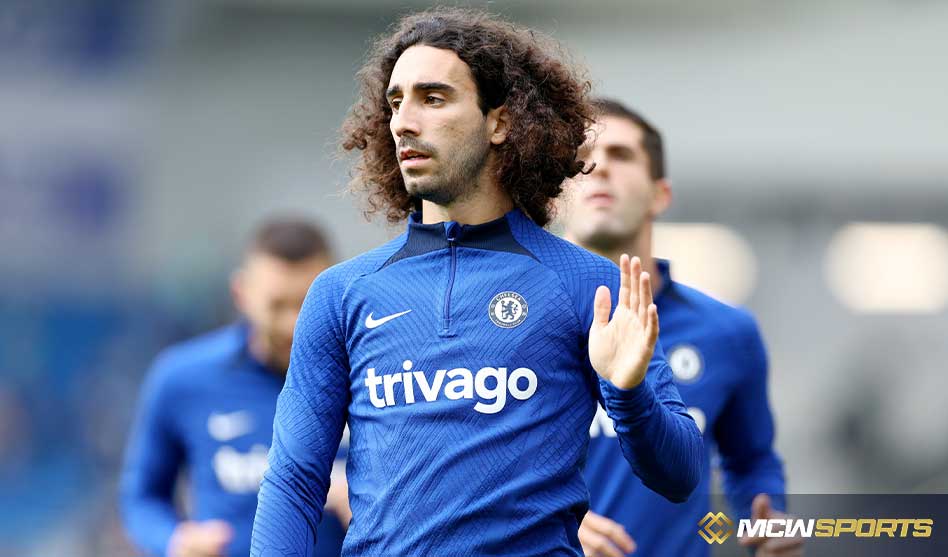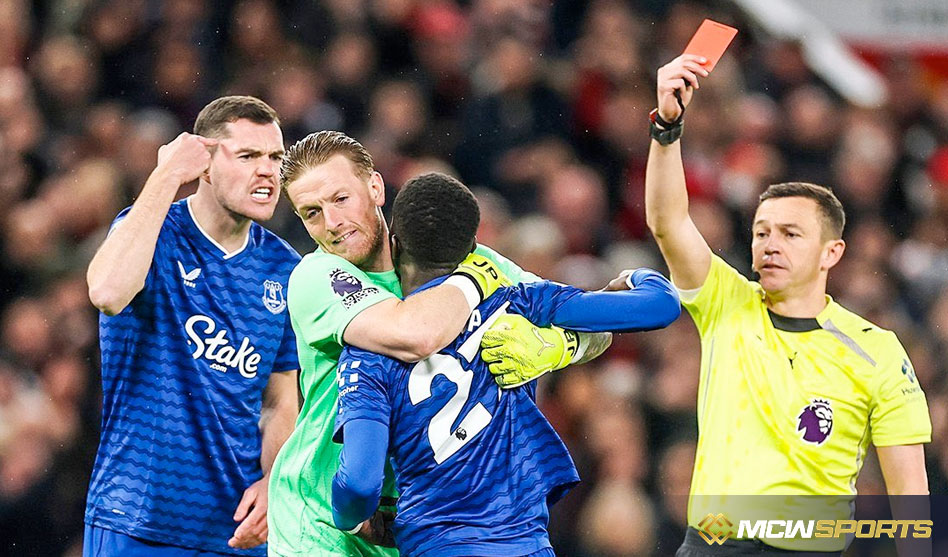This content has been archived. It may no longer be relevant
Marc Cucurella, a left-back for Brighton, was purchased by Chelsea for £55 million ($63.6 million) in August.
The following month, they paid the same club less than half that (£22 million) for their manager Graham Potter, the man charged with leading a bright new age at Stamford Bridge under the Todd Boehly-Clearlake consortium.
Aston Villa paid £26 million for Sevilla’s Brazilian defender Diego Carlos a few months previously. Last week, Villa made a comeback to La Liga in order to sign manager Unai Emery away from Villarreal. This time, they provided the Spanish club with compensation of £5.2 million.
Chelsea spent more money on Potter than Bayern Munich had to pay RB Leipzig when they hired Julian Nagelsmann as their head coach last year. That sum was €20 million (£17.2 million; $19.9 million).
Given that all three managers have solid reputations, impressive resumes, and challenging positions, why were they so much easier to hire than most elite athletes?
Why do teams hire and fire managers for substantially lower salaries than the 25+ footballers they are tasked with developing and leading?
However a head coach like Potter can have much more of an impact than a single player, conflating the two may be oversimplifying the situation.
Everton’s former chief financial and commercial officer is Sasha Ryazantsev. While he acknowledges that a manager is a club’s most crucial employee, he served on its board of directors from 2016 to 2021. He argues that there is a “fundamental distinction” between a manager’s value and that of a player.
The problem of reciprocity comes first. Clubs would ideally include a manager release clause, but any manager worth their salt—or his agent—would expect a reciprocal sum to be paid to him in the event that he were fired.
“Because it is far more likely that the club would sack the manager than him going himself, clubs prefer to keep any release clause as low as possible. Sometimes, the fee can be clearly stipulated in the contract and sometimes it has to be negotiated. If the release clause is subject to negotiation, then a good starting point would be the manager’s termination clause.
“In cases when that is not clear, it could be the remaining value of the contract, which can be quite expensive if the manager has just signed a new one.”
Players and managers differ from one another fundamentally when it comes to UEFA registration rights. The manager’s registration rights do not exist, and clubs are only allowed to field players who have been registered to them by the organization that governs European football.
Since they would be unable to play for another club without registration, players cannot be fired before the end of their contracts, unlike managers, and they also cannot walk away from one.
Transfer fees are really used to cover the cost of these registration rights. The issue of the variations in resale value is another. “The buying club finds it challenging to defend paying a hefty ‘transfer price’ for a manager,” claims Ryazantsev. If a player turns out to be a bust, he is frequently sellable at least for a residual value.
Another significant problem affecting various values is the conventional framework of purchasing and selling players through transfer windows.
In addition, Ryazantsev lists certain benefits that managers have over players when it comes to clubs looking to offload highly compensated yet underwhelming stars.
When it matters, some teams may not even consider a player’s desire to leave until and unless it suits them. They have been instructed to put their heads down and concentrate on practicing and playing.
But it’s different when a boss expresses his desire to work somewhere else in public.
Keech believes that not every transfer request is granted and that an uneasy management may cause more harm than a single disgruntled player.

 English
English










